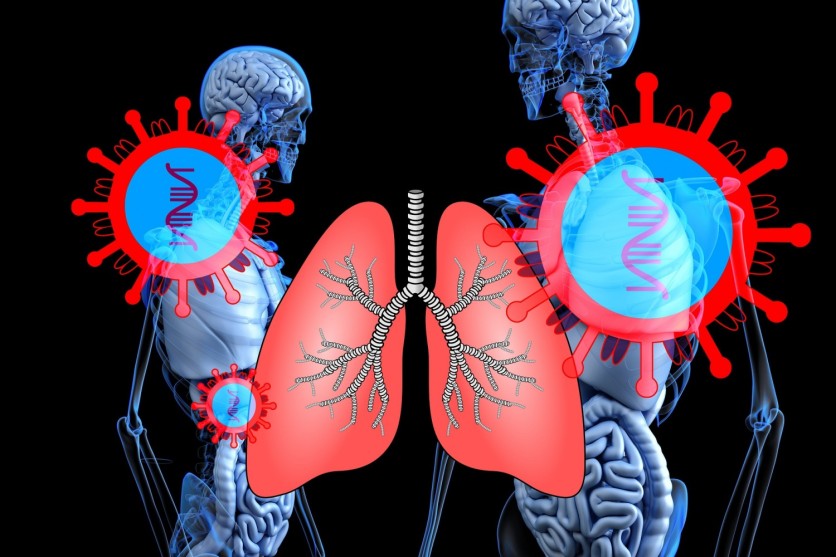Engineers from MIT and the University of Massachusetts Medical School have created a new type of nanoparticle that can perform gene editing in the lungs, as per a press release.
This could lead to inhalable treatments for diseases such as cystic fibrosis.

Efficient Delivery of RNA to the Lungs
Daniel Anderson, a professor in MIT's Department of Chemical Engineering and a member of MIT's Koch Institute for Integrative Cancer Research and Institute for Medical Engineering and Science (IMES), said, "This is the first demonstration of highly efficient delivery of RNA to the lungs in mice. We are hopeful that it can be used to treat or repair a range of genetic diseases, including cystic fibrosis."
The researchers used nanoparticles to deliver mRNA encoding the machinery needed for CRISPR/Cas9 gene editing to the lungs of mice. The researchers aim to design therapeutic nanoparticles that can replace disease-causing genes.
Although RNA offers great potential as a treatment for treating a range of disorders brought on by defective genes, it has been challenging to deliver it to the correct portion of the body without having off-target consequences.
RNA-based Covid-19 vaccinations that are administered intramuscularly have proven to be successful. Several clinical trials exploring possible mRNA therapies for liver diseases are currently in progress because injected nanoparticles frequently build up in the liver, according to the engineers.
Anderson's lab had previously designed nanoparticles made from polymers that could deliver mRNA encoding a bioluminescent protein to lung cells. However, more work was needed to increase their strength and boost their usefulness.
The new lipid nanoparticles developed by the researchers are made up of molecules that contain two parts: a positively charged headgroup and a long lipid tail.
Test Results
The researchers tested 10 different chemical structures for the lipid tails, along with 72 different headgroups.
The team was able to determine which of these structures were most likely to reach the lungs by screening various combinations of these structures in mice.
Around 40% of lung epithelial cells were transfected following one dosage of mRNA. Three doses increased the level to 60%, while two doses raised it to more than 50%.
The two types of epithelial cells known as club cells and ciliated cells, each of which was transfected at roughly 15%, are the most crucial targets for treating lung disease.
The risk of inflammation is decreased by the new particles' fast breakdown, which enables them to be removed from the lung within a few days. If repeated dosages are required, the particles could likewise be given to the same patient more than once.
A method called intratracheal instillation, which is widely used to mimic the delivery of medication to the lungs, was used in this study to administer the particles.
What's Next for the Team
The team is currently working to increase the stability of their nanoparticles so that they can be nebulized and aerosolized for inhalation.
The researchers have also proposed to conduct experiments using the particles to transport mRNA that can rectify the genetic mutation causing cystic fibrosis in a mouse model of the disease.
Additionally, they want to create mRNA vaccines that might be administered directly to the lungs, as well as treatments for other lung conditions such as idiopathic pulmonary fibrosis.
The findings of the team were published in Nature Biotechnology.
Related Article : MIT Researchers Propose Direct Carbon Capture from Seawater

ⓒ 2025 TECHTIMES.com All rights reserved. Do not reproduce without permission.




